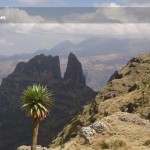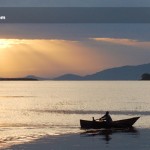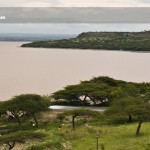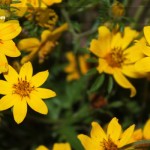No matter what one’s personal threshold for adventure is, boating on one of Ethiopia’s many lakes is a rewarding experience. Escaping the bustling city or village life out on a lake in the morning when the water is calm and serene is refreshing, to say the least, and surveilling the complex birdlife is an experience that singly draws many people to Ethiopia in the first place. In the late afternoon, after the winds pick up, particularly on one of the larger lakes such as Lake T’ana or Lake Ziway, boating can become quite exciting and, in some cases, may not even be advisable, if in storm conditions. Waves can get quite big, enough to sink the small tour boats that are mostly in use on these lakes. But, with skill, and the proper equipment, anything is possible to satisfy the need for adventure.
Local fishermen and ferrymen use kayaks made out of papyrus on most lakes, as they have for thousands of years. Other locals use dugout canoes, especially on the southernmost lakes. Tourists are typically transported by modern but rather crude boats made of metal, fiberglass, or wood. These typically hold up to 15 people and are fitted with bench seats. The nicer ones have cushioned seats with sun shades.
Another part of the adventure of boating in Ethiopia is getting close to the abundant wildlife. This can be as tame as watching birds fish for tasty morsels or as dangerous as getting, perhaps, a little too close to some of the largest crocodiles in Africa. In fact, boating is one of the best ways to go on safari in Ethiopia.
Ethiopia’s Rift Valley lakes are the perfect size to explore one in a day. Outside of the Rift Valley, Lake T’ana can easily absorb two or three days of exploration. As such, they make good daytrips or weekend excursions, but they are also popular as part of longer tours because most are situated along routes to the northern or southern sites.











































Recent Comments